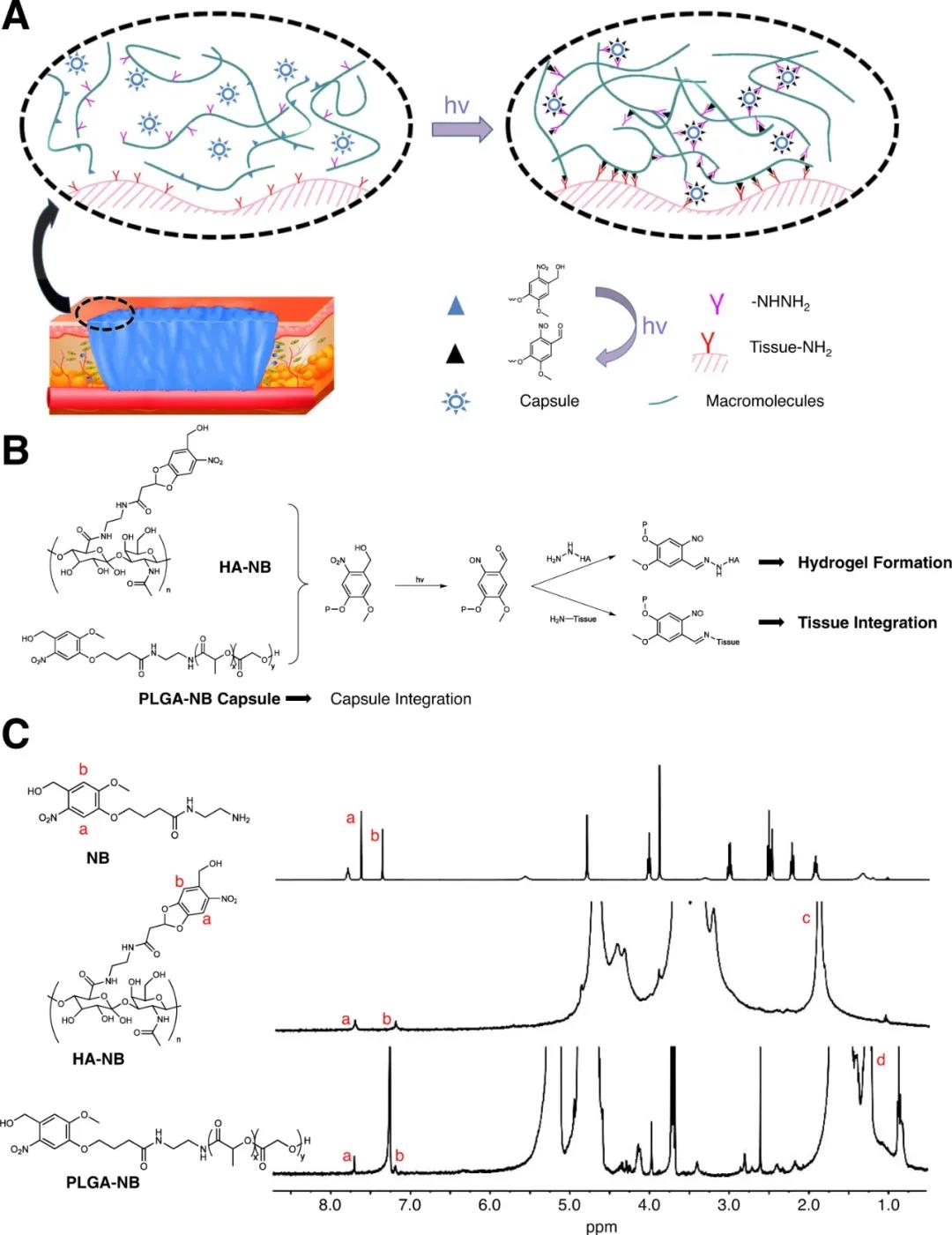
hotline:
17715390137
Tel/Wechat:
18101240246 (Technology)
0512-68565571
Email:mxenes@163.com (Sales Engineer)bkxc.bonnie@gmail.com
Scan the code to follow or search the official account on WeChat:
2D Materials Fronrier After paying attention,
click on the lower right corner to contact us,
Enter enterprise WeChat.
Professional Services Online

Hypertrophic scars usually occur after deep trauma, severe burns, or surgical incisions on human skin. Despite advances in skin wound management and improved survival rates, the incidence of hypertrophic scars remains high. Effective healing of skin wounds is vital to our survival. Although the skin has a strong regenerative potential, abnormal wound repair can cause dysfunction and disfiguring scars. Skin scar formation involves excessive deposition and dislocation of ECM (extracellular matrix), cell proliferation, and chronic inflammation.
TGFβ signaling has been closely related to skin scar formation, making it a potential therapeutic target. However, since TGFβ signaling plays a multi-faceted role in skin wound repair, the inhibition of TGFβ activity must be specific to the resolution/tissue remodeling stage of wound healing in order to inhibit scar formation.
Introduction to Achievements
Here, Xiaoyang Wu from the University of Chicago and Linyong Zhu from East China University of Science and Technology and others have designed a pulsating drug release platform that combines a seamless wound closure hydrogel material with a biodegradable microcapsule system to achieve scarless wound healing. , The microcapsule system can be customized to release its contents in the skin wound at the desired time. The results were published on Nature Communications.

Overall design
Currently, the drug delivery of microcapsules manufactured by different methods have been tested. However, most microcapsules will release their contents in a continuous manner. In order to solve this problem, the researchers developed a water-oil-water double emulsion strategy, encapsulating the protein in a photocrosslinkable polylactic-glycolic acid copolymer (PLGA) shell, which can be used after administration Microcapsules with pulsatile drug release kinetics are produced, that is, TGFβ signaling inhibitors can be delivered in a spatio-temporal specific manner.
It is worth noting that the unique light-induced imine cross-linking reaction-based hydrogel for skin wound treatment can effectively cross-link a variety of biocompatible macromolecules with PLGA-NB capsules without Make chemical modifications. Cross-linking can lead to the successful integration of the tight and chemically bonded interface between the material and the microcapsule, hydrogel, and wound surface, thereby promoting the healing of skin wounds.




| Reminder: Beijing Beike New Material Technology Co., Ltd. supplies products only for scientific research, not for humans |
| All rights reserved © 2019 beijing beike new material Technology Co., Ltd 京ICP备16054715-2号 |